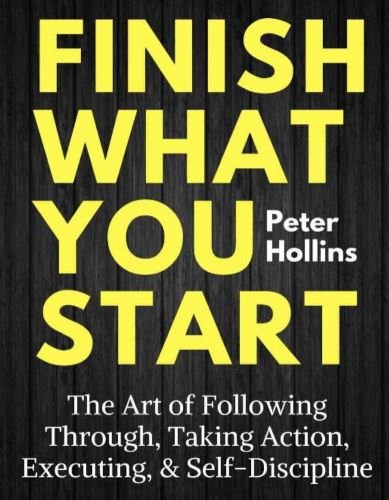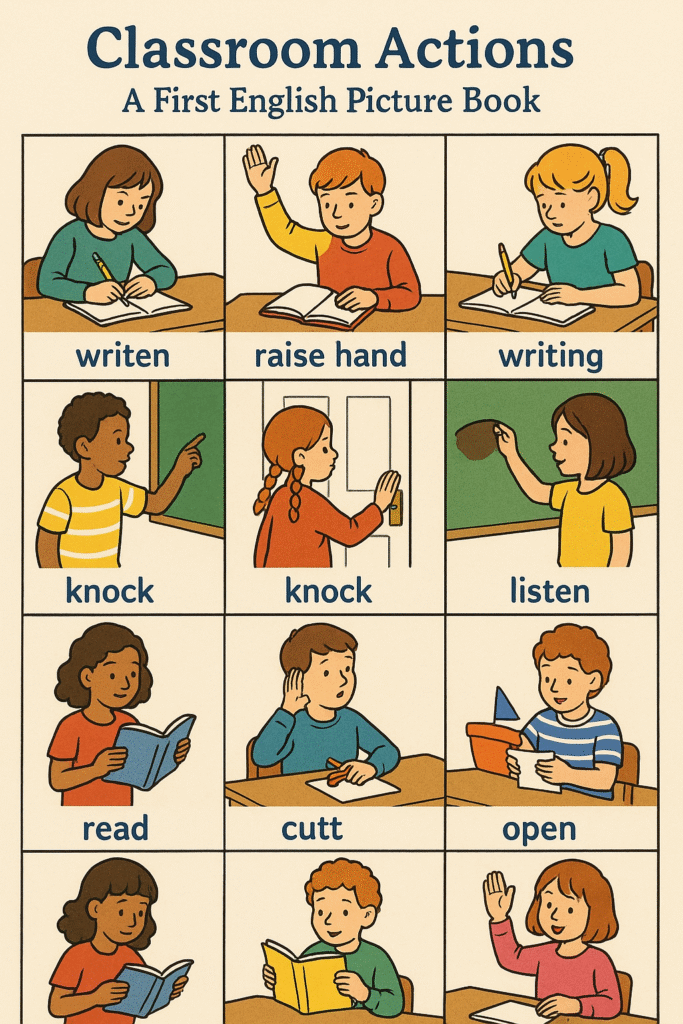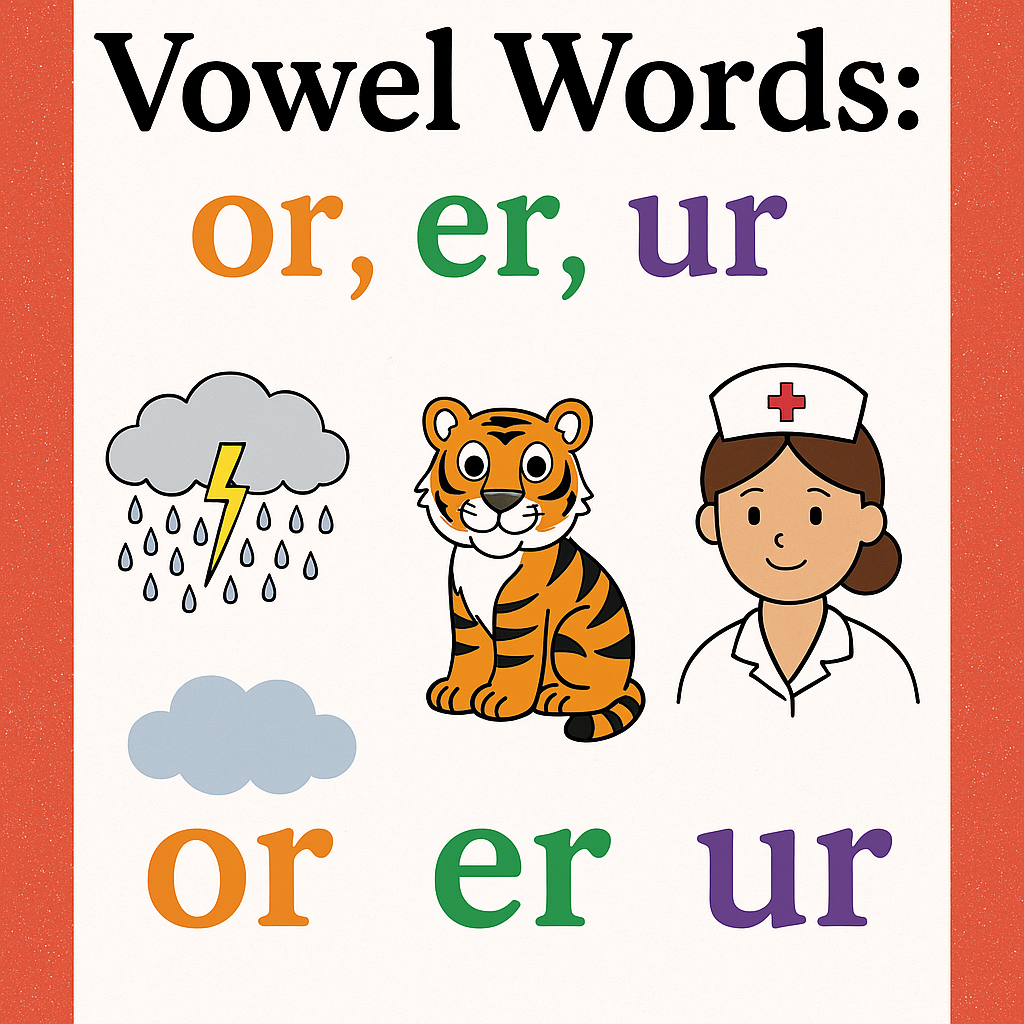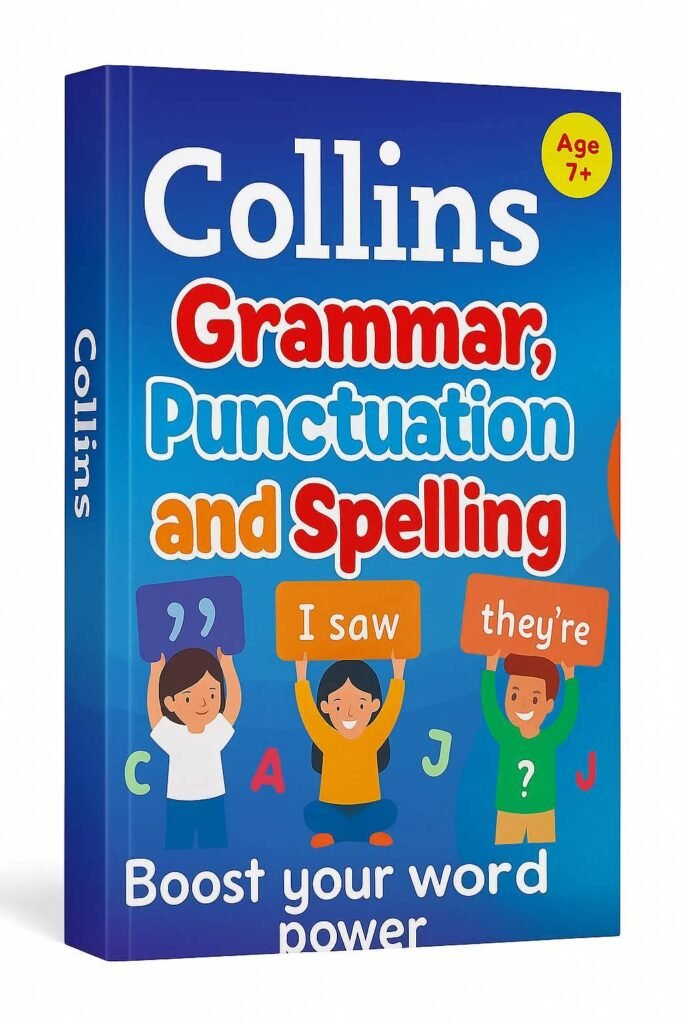Table of Contents
How to be Brilliant at Public Speaking
Understanding Your Audience
Key aspects:
- Demographics: Age, gender, location, income, occupation, and education level.
- Psychographics: Interests, values, attitudes, and lifestyle.
- Behavioral patterns: Buying habits, online activities, and pain points.
- Communication preferences: Language, tone, and channels (social media, email, etc.).
Benefits:
- Targeted messaging: Craft messages that resonate with your audience.
- Improved engagement: Increase interaction and participation.
- Enhanced customer experience: Meet their needs and exceed expectations.
- Increased conversions: Drive sales, sign-ups, or desired actions.
How to understand your audience:
- Conduct research: Surveys, focus groups, and online analytics.
- Analyze data: Website traffic, social media insights, and customer feedback.
- Create buyer personas: Detailed profiles of your ideal audience members.
- Engage with your audience: Social media, comments, and reviews.
Crafting Your Message
- Clarity: Define your purpose and key takeaways.
- Conciseness: Focus on essential information, avoiding jargon and complexity.
- Compelling narrative: Use storytelling techniques, emotional appeals, and relevant examples.
Message structure:
- Introduction: Grab attention, establish context.
- Body: Deliver key information, supporting points.
- Call-to-action (CTA): Specify desired action or outcome.
Effective messaging techniques:
- Know your tone: Formal, informal, persuasive, or educational.
- Use active voice: Engage your audience with dynamic language.
- Make it memorable: Repeat key points, use rhymes or acronyms.
- Visual aids: Incorporate images, videos, or graphics to enhance understanding.
Benefits:
- Engage your audience: Capture attention, build interest.
- Convey your value: Clearly communicate benefits, unique selling points.
- Drive action:
How to be Brilliant at Public Speaking
Organizing Your Speech
How to be Brilliant at Public Speaking A well-organized speech has an introduction, body, and conclusion. The introduction grabs attention, the body delivers the message, and the conclusion summarizes key points. Organizing your speech involves structuring your content to engage and persuade your audience.
I. Introduction (5-10% of speech)
- Hook: Grab attention with a statistic, quote, or story.
- Establish context: Provide background information.
- Preview main points: Outline key ideas.
II. Body (80-90% of speech)
- Main points: 2-3 key ideas, supported by evidence.
- Transitions: Connect ideas logically.
- Evidence: Use statistics, examples
Confidence is Key
- Self-assurance: Belief in one’s abilities and judgment.
- Positive body language: Maintaining eye contact, posture, and gestures.
- Assertive communication: Clear, direct, and respectful expression of thoughts and needs.
- Resilience: Ability to handle criticism, setbacks, and uncertainty.
Benefits of confidence:
- Increased credibility: Others perceive you as trustworthy and competent.
- Improved relationships: Confidence fosters stronger, more meaningful connections.
- Enhanced performance: Confidence boosts motivation, focus, and achievement.
- Better decision-making: Confident individuals make informed, timely decisions.
How to build confidence:
- Prepare thoroughly: Research, practice, and rehearse.
- Focus on strengths: Leverage your skills and accomplishments.
- Positive self-talk: Encourage yourself with affirmations.
- Learn from failures: Use setbacks as opportunities for growth.
- Develop a growth mindset: Embrace challenges and learning.
Overcoming confidence killers:
- Self-doubt: Challenge negative self-talk and focus on strengths.
- Fear of failure: Reframe failure as a learning experience.
- Imposter syndrome: Acknowledge your achievements and qualifications.
- Comparison: Focus on your own progress and goals.
Confidence boosters:
- Positive affirmations: Repeat empowering statements.
- Visualization: Imagine success and achievement.
- Physical exercise: Regular activity boosts mood and energy.
- Supportive network: Surround yourself with encouraging people.
Tips for confident communication:
- Maintain eye contact: Engage with your audience.
- Speak clearly and assertively: Use a strong, confident tone.
- Use positive body language: Stand tall, make gestures.
- Listen actively
How to be Brilliant at Public Speaking
Body Language Matters
Types of body language:
- Posture: Confident or slouched, open or closed.
- Facial expressions: Smiling, frowning, or neutral.
- Eye contact: Direct, avoidant, or engaging.
- Gestures: Open, expansive, or restrictive.
- Proximity: Physical distance or closeness.
Positive body language:
- Maintaining eye contact: Shows interest and attention.
- Smiling: Conveys friendliness and approachability.
- Open posture: Suggests confidence and receptiveness.
- Nodding: Indicates agreement and engagement.
- Purposeful gestures: Emphasize points and add emphasis.
Negative body language:
- Crossed arms: Suggests defensiveness or resistance.
- Avoiding eye contact: Implies dishonesty or lack of confidence.
- Fidgeting: Indicates nervousness or anxiety.
- Turning away: Shows disinterest or dismissal.
- Slouching: Conveys lack of confidence or boredom.
Tips for effective body language:
- Be aware: Recognize your nonverbal cues.
- Practice mindfulness: Align your body language with your intentions.
- Use positive cues: Smile, make eye contact, and use open gestures.
- Avoid negative cues: Minimize fidgeting, crossing arms, or avoiding eye contact.
- Mirror others: Subtly mimic others’ body language to build rapport.
Benefits:
- Builds trust: Positive body language fosters credibility.
- Enhances communication: Nonverbal cues clarify intentions.
- Influences perception: Body language shapes others’ impressions.
How to be Brilliant at Public Speaking
Vocal Techniques
Vary your tone, pitch, and volume to add emphasis and keep your audience engaged. Practice vocal exercises to improve your delivery.
Handling Nervousness
It’s normal to feel nervous. Focus on your message, breathe deeply, and visualize success. Channel your nerves into enthusiasm and energy.
Engaging Your Audience
Engage your audience with storytelling, questions, and interactive elements. Make your message relatable and memorable.
Visual Aids
Visual aids like slides, videos, or props can enhance your message. Use them sparingly and ensure they support your key points.
Rehearsal Techniques
Rehearse your speech several times. Record yourself, practice in front of a mirror, or speak in front of a small group. Get feedback and adjust your delivery.
Keywords:
How to be Brilliant at Public Speaking
- Public Speaking
- Confidence
- Body Language
- Vocal Techniques
- Audience Engagement
- Speech Organization
- Rehearsal
- Overcoming Nervousness
- Visual Aids
- Effective Communication
- Persuasion
- Storytelling
- Timing
- Preparation
- Deliery






















